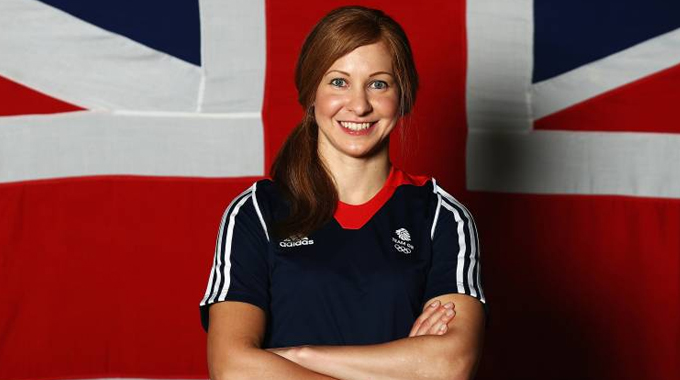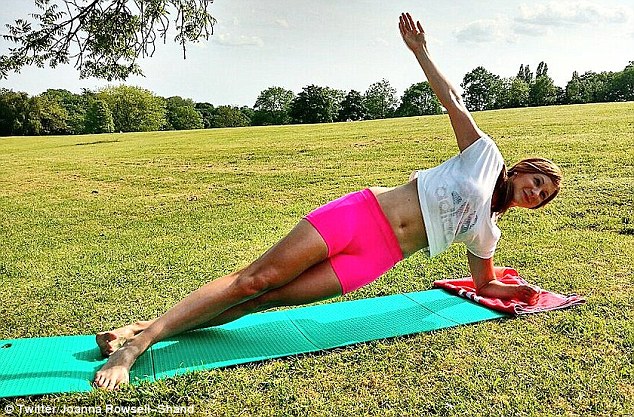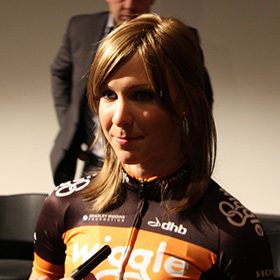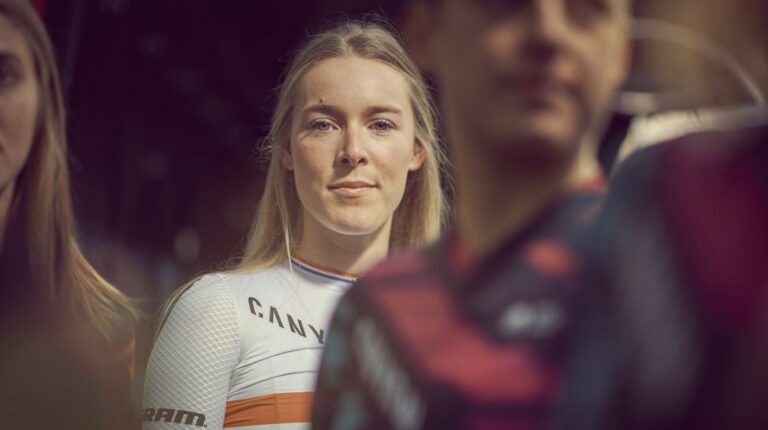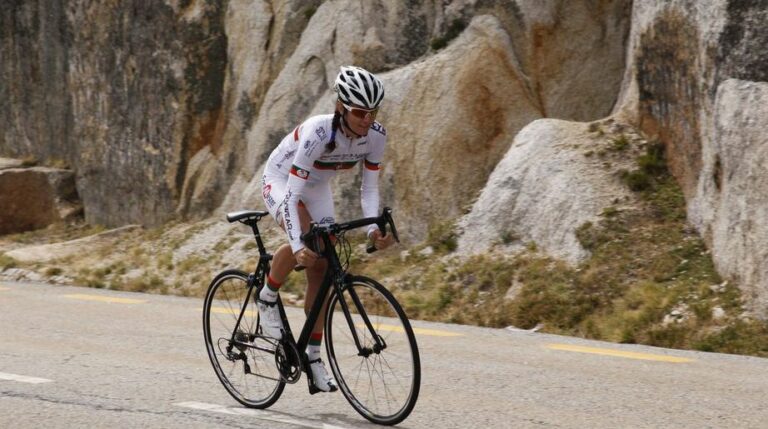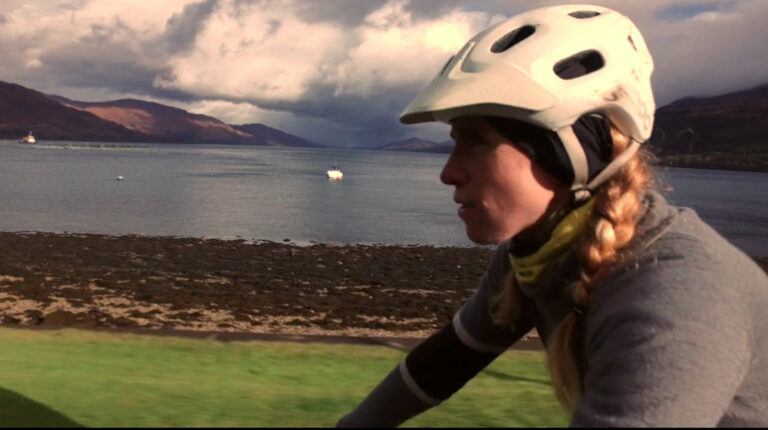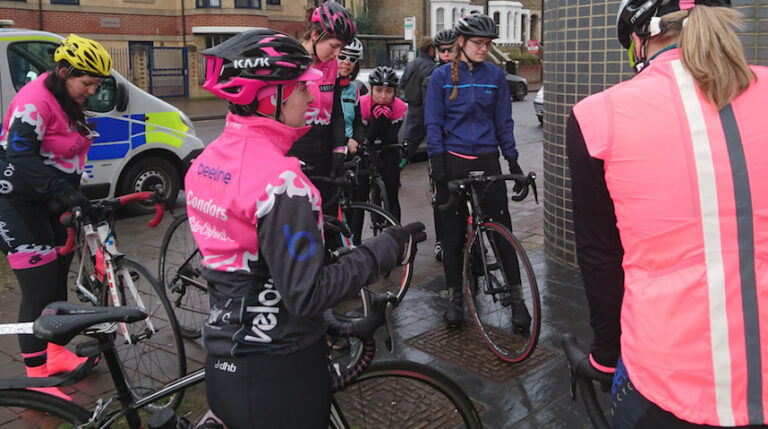It’s easy to look at Olympic champions and believe they were born with medals around their necks – but that’s certainly not the case. In fact, double Olympic champion Joanna Rowsell Shand finished last in her first race (despite the rest of the field crashing) and tells us she was initially scared of the gearless contraptions ridden on the track.
With perseverance, she went on to become an elite rider and eventually to claim gold medals in the Team Pursuit in London 2012 and Rio 2016 as well as five World Championship titles. An accomplished motivational speaker, Rowsell Shand is keen to see more people achieve more than they ever dreamed possible on the bike, and she’s teamed up with Sustrans to promote the ‘Big Pedal’ which encourages young people to cycle or scoot to school this March.
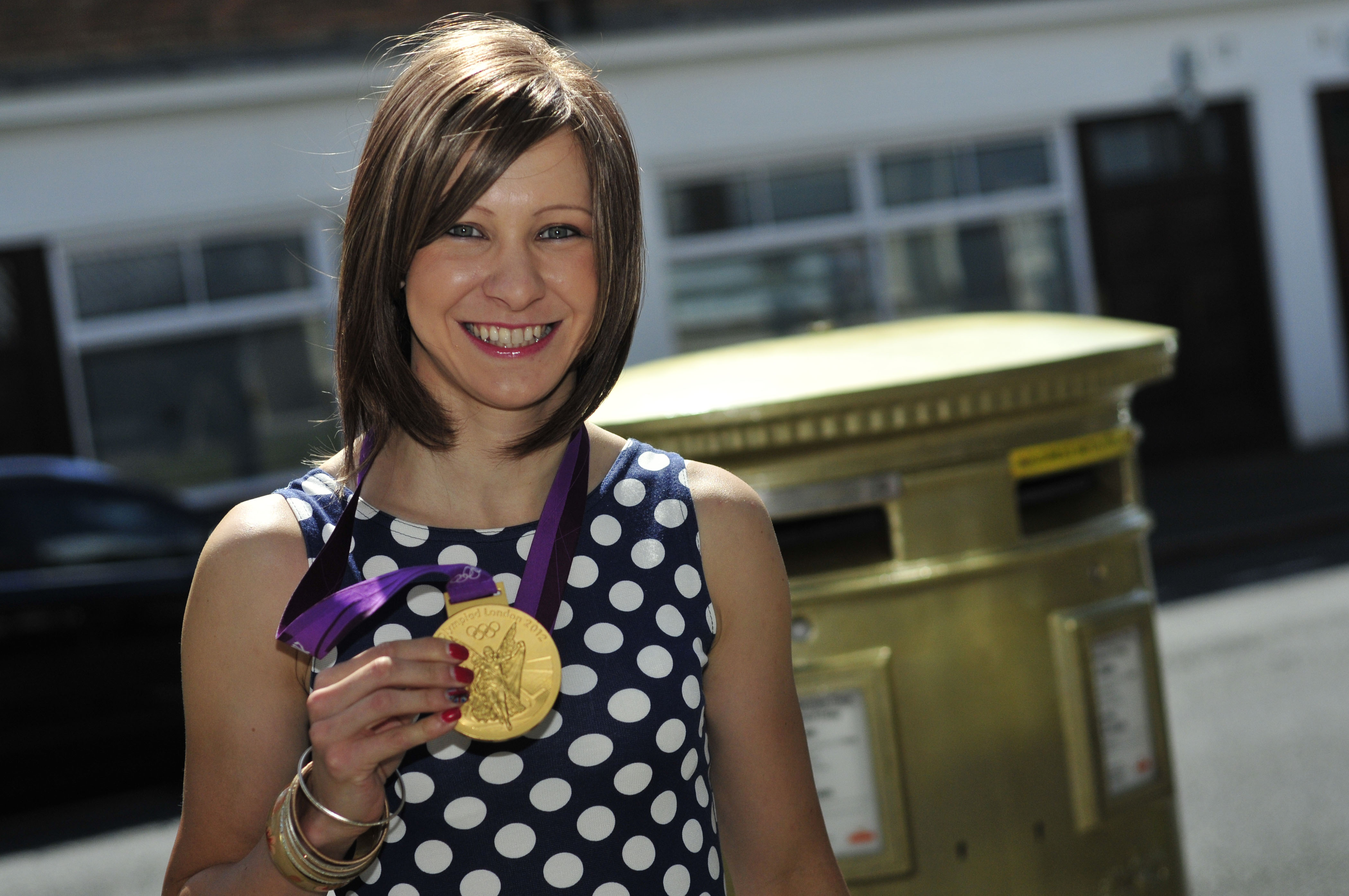
We caught up with Rowsell Shand to hear about her own progression in cycling, and to get tips for cyclists at various different points in their own development.
“I was given cycling shoes and clipless pedals, and immediately fell off because I couldn’t unclip.”
Rowsell herself was picked up by British Cycling talent spotters, when she was fifteen years old. Coaches brought mountain bikes to her school, and a six lap circuit of the school field was enough to spark their interest. Then, she was invited back for more testing and enrolled on to the South East Regional talent squad. She explains: “I was one of the eldest. They did a monthly training camp, each one covered a weekend and looked at a different discipline. The very first one was mountain biking. I knew nothing about it. I turned up in a tracksuit and trainers. I was given cycling shorts, and told not to wear underwear underneath which surprised me. I was given leg warmers and cycling shoes and clipless pedals, and immediately fell off because I couldn’t unclip. I was completely clueless, I had no idea what I was getting myself into at all. But I persevered.”
The first race wasn’t much smoother, either – Rowsell Shand tells me: “It was a BMX race on one of these camps. We had three heats. I came last in each heat. In the final, I was at the back as usual. There was a massive crash, everybody fell off – I went past them – but they all managed to get up and finish before me!”
It didn’t all suddenly get easier when the young apprentice got onto a road bike, either: “My first circuit race was quite embarrassing too. I understood the science behind drafting. But I didn’t understand it in a race environment. I basically spent the whole ten laps on the front, thinking I was doing really well – and everyone behind was obviously sitting on my wheel laughing at me. They all sprinted past me at the end. That was quite a steep learning curve –both the skills and tactics of bike racing.”
Of course, now the 28-year-old is a decorated Olympian. So how did she gather the courage to keep going through all of this? Mental strength had a lot to do with it – she tells me: “I think I was just quite determined to improve. I think it helped that I was part of a squad of other talented youth riders. Initially, my aim was not to come last. When I got to not last, it was then an aim of coming third from last. Then I progressed to coming second woman in a cyclocross race. Then I wanted to be first. So it progressed from not wanting to be last to winning. I guess it was taking each race one at a time, trying to improve, and that determination to be better.”
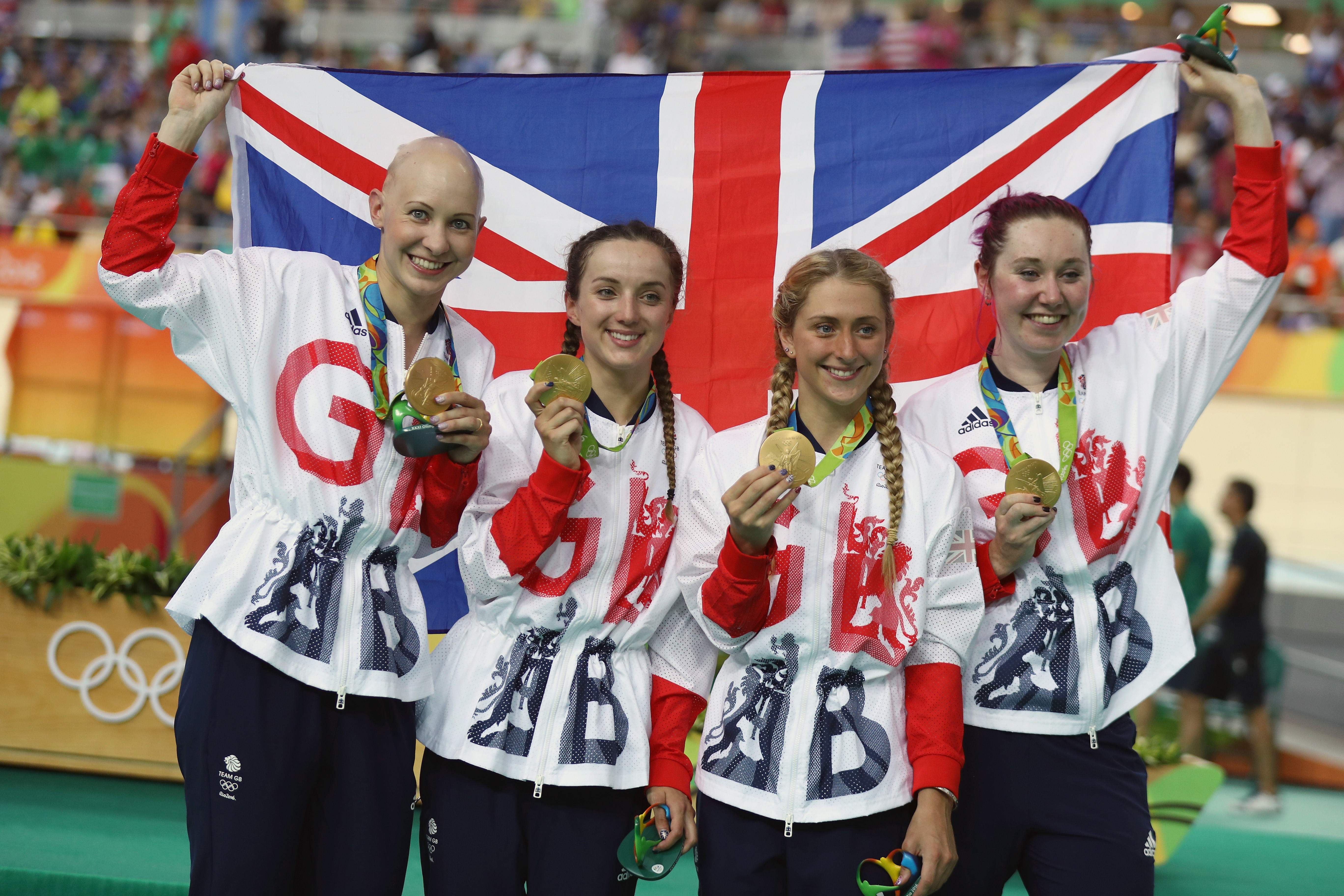
It’s easy to feel helpless when you’re far away from your goal – be that winning a race when you’re currently in last position, or getting to the point where you can ride ten miles if currently one is a struggle. However, with determination – and a little know how – you can get there. We asked Jo for her tips to help riders progress at each level of development….

